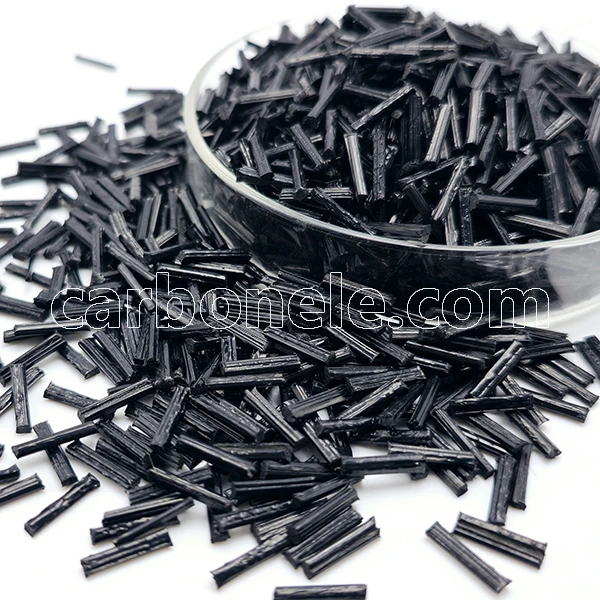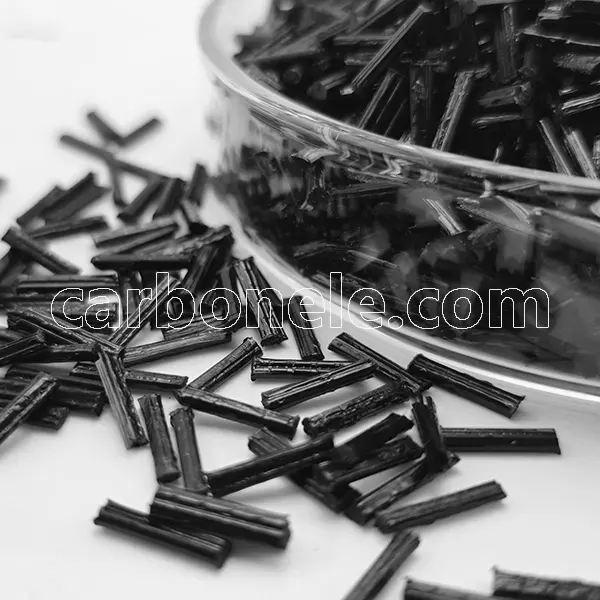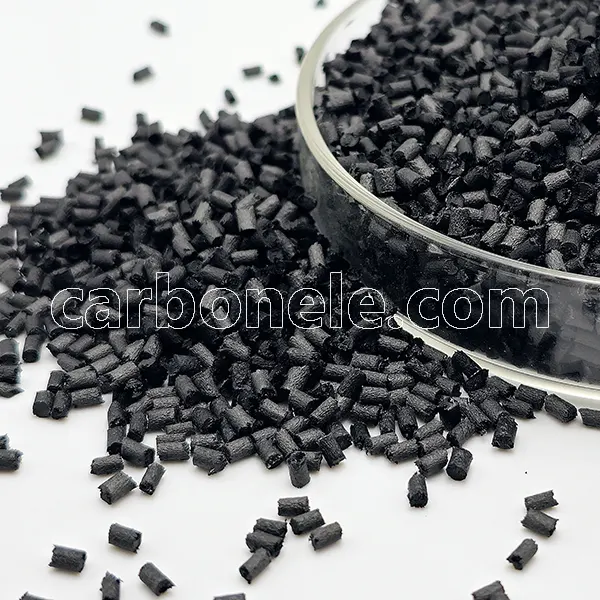Carbon Fiber Power: 5 Key Reasons It’s Revolutionizing Modern Materials - Carbon Fiber Compounds Manufacturer | Supplier
Explore how carbon fiber reinforced thermoplastics are transforming modern materials with unmatched strength, design flexibility, and sustainability—backed by expert insights and real-world data.
Carbon Fiber Power: 5 Key Reasons It’s Revolutionizing Modern Materials
Introduction: The Rise of Carbon Fiber Reinforced Thermoplastics
Carbon fiber reinforced thermoplastics (CFRTPs) are rapidly transforming how industries approach material selection. Combining the lightweight and flexibility of thermoplastics with the unparalleled strength of carbon fiber, CFRTPs have carved out a unique position in advanced manufacturing. This article explores five compelling reasons why carbon fiber is revolutionizing the world of modern materials.
1. Exceptional Strength-to-Weight Ratio
Why It Matters
CFRTPs are known for being five times stronger than steel while being significantly lighter. This makes them ideal for industries where weight reduction is critical—such as automotive, aerospace, and sporting goods.
Real-World Applications
- Automotive: Structural reinforcements, underbody components
- Aerospace: Cabin interior elements, brackets
- Sports Equipment: Bicycle frames, tennis rackets, helmets
Benefits
- Improved energy efficiency (especially in EVs and aircraft)
- Better handling in automotive designs
- Lower transportation and handling costs
2. Design Flexibility and Process Efficiency
Thermoplastic Advantage
Unlike thermosets, thermoplastics allow faster cycle times and reprocessability, reducing waste and lowering costs.
Manufacturing Methods
- Injection molding
- Compression molding
- Pultrusion
Resulting Benefits
- Lower tooling costs
- Ease of recycling and reshaping
- Scalability for mass production
3. Enhanced Durability and Environmental Resistance
Built for Harsh Conditions
CFRTPs offer superior fatigue resistance, chemical stability, and corrosion resistance compared to metal or traditional plastics.
Applications in Harsh Environments
- Marine equipment: Hull reinforcements, decks
- Chemical processing: Pump housings, ducts
Long-Term Value
- Longer product life cycles
- Fewer replacements and maintenance
4. Sustainability and Recycling Benefits
Eco-Friendly by Design
CFRTPs can be melted and remolded, unlike thermoset composites. This allows for:
- Easier material recovery
- Reduced environmental footprint
Automotive Example
Recyclable CFRTP panels contribute to achieving end-of-life vehicle (ELV) regulations in Europe and other markets.
Circular Economy Support
- Lower emissions from material production
- Reduced landfill waste
5. Customizability for Performance Tuning
Tailoring Properties
Manufacturers can vary:
- Carbon fiber length (long vs short)
- Fiber loading levels (10% to 60%)
- Matrix type (PA6, PA66, PEEK, PPS, etc.)
Application-Based Customization
- High-stiffness need: Use high-modulus pitch-based carbon fiber
- Cost-sensitive need: Use lower-loading short carbon fiber blends
Comparison Case: PA6-GF30 vs PA6-CF30
Carbon-fiber-reinforced PA6 offers higher stiffness and fatigue resistance than its glass fiber counterpart, especially in dynamic automotive parts.
Expert Insight: Industry Trends and Case Studies
Industry Expert Opinion
According to Dr. Elena Ford, Senior Composites Engineer at Global Materials Lab:
“CFRTPs are redefining how engineers think about weight, performance, and sustainability. Their adaptability is unmatched.”
Case Study: Airbus A350
Airbus utilizes CFRTPs in over 10% of cabin interior parts. These materials reduce aircraft weight and improve assembly efficiency by allowing thermoforming instead of traditional lay-up processes.
Trend: EV Adoption and CFRTP Growth
A recent report by MarketsandMarkets forecasts a CAGR of 11.5% for CFRTPs through 2028, largely driven by electric vehicles demanding lightweight and high-performance components.
Scientific Data Supporting CFRTPs
- A 2022 study from the Journal of Thermoplastic Composites shows PA66-CF30 outperforms PA66-GF30 by up to 25% in tensile modulus and fatigue life.
- National Renewable Energy Laboratory (NREL) research reveals that using CFRTPs in automotive design can reduce vehicle weight by 50–60%, contributing directly to improved fuel economy and lower emissions.
Conclusion: The Future is Carbon-Driven
From EVs to aerospace, carbon fiber reinforced thermoplastics offer a rare combination of strength, weight efficiency, processability, and sustainability. As industries continue to innovate and demand high-performance materials, CFRTPs stand out as a top solution for 21st-century challenges.
References
- Ford, Elena. “The Composites Advantage in Thermoplastic Design.” GlobalMaterials Lab, 2023. https://www.globalmaterialslab.org/articles/cfrtp-design
- Smith, Leonard. “Mechanical Performance of Fiber-Reinforced Polyamides.” Journal of Thermoplastic Composites, Vol. 36, Issue 3, 2022. https://journals.sagepub.com/journal/jtc
If you want to know more, then click here to learn about us
Previous News
Carbon (Xiamen) New Material to Showcase at Hum...Next News
Short vs. Long Carbon Fiber Reinforced Thermopl...
Feature Product
-
PA12 LCF30 for Drone Fuselages & Wings
What do you know about PA12 LCF30? PA12 ...
-
Competitive Price PA6 LCF30 Composites
What’s it? PA6 LCF30, which stands...
-
ABS CF10 Compound ABS 10%CF Thermoplastic Compo...
What’s ABS CF10? ABS CF10 refers t...








